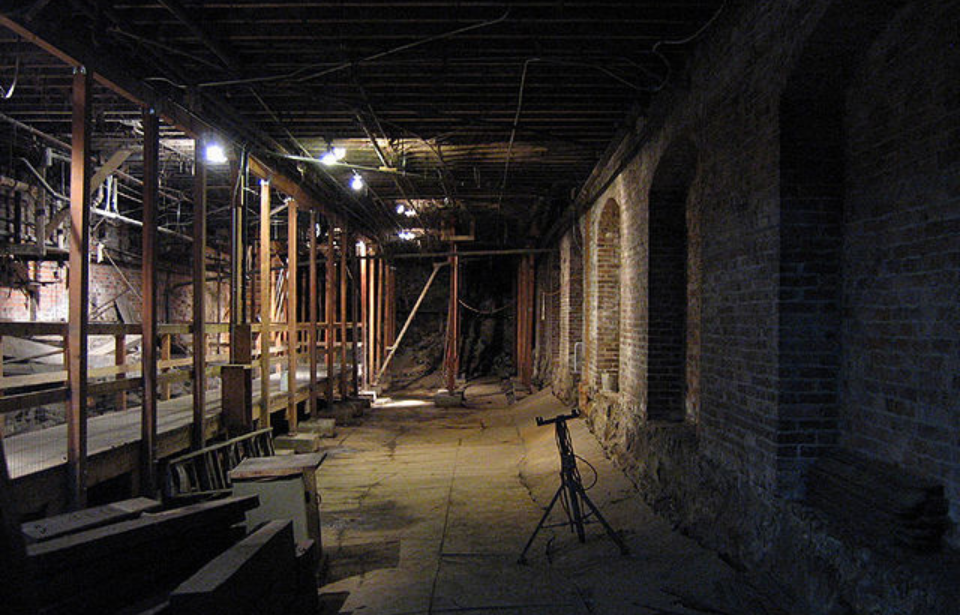If you ever have the chance to see the interconnecting tunnels of the world-famous Seattle Underground, definitely don’t skip the opportunity. It’s an extraordinary sight, and the history of how it came to be is equally as fascinating – and tragic. Following a fire that devastated the Pioneer Square neighborhood, the decision was made to rebuild what was lost above what remained. Just keep clicking through for a look at the Seattle Underground and its unique history.
How did the Great Seattle Fire begin?
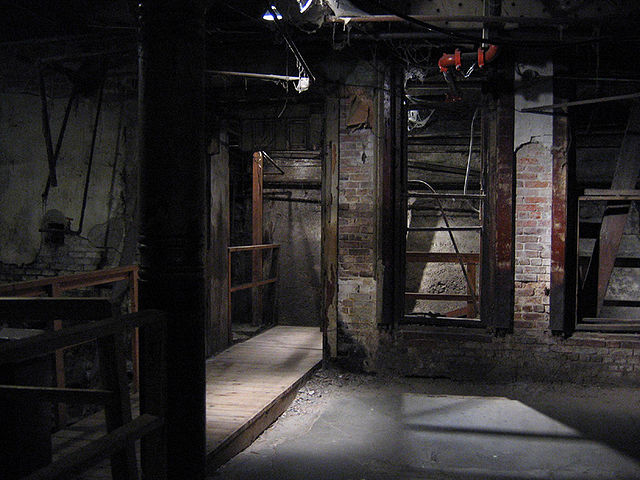
The blaze that left Seattle, Washington‘s Pioneer Square in ruin began in the Clairmont and Company cabinet shop, beneath a paint shop at Front and Madison streets on June 6, 1889. The time was around 2:20-2:30 PM, and a glue pot was accidentally overturned.
The incident caused woodchips in the shop to catch fire, which quickly spread across the turpentine that covered the floor. While attempts were made to put out the blaze before it got out of hand, these efforts proved fruitless. By the time firefighters arrived on the scene, the building was shrouded in smoke.
Devastating inferno
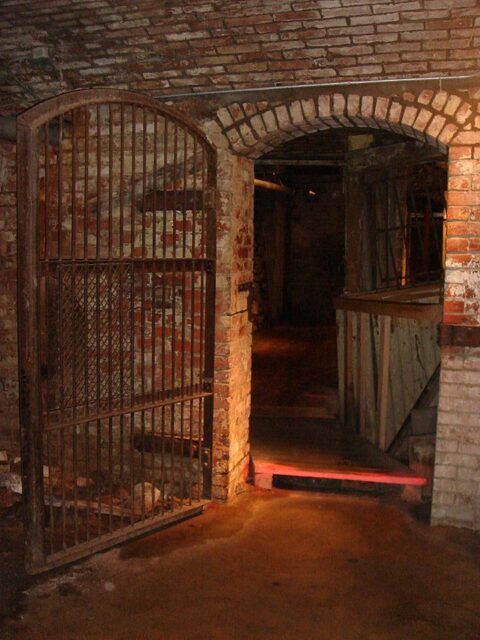
Given the amount of smoke, the fire department was unable to locate the blaze within the business and, before long, the inferno had spread throughout the neighborhood, engulfing buildings as it went.
Along with the flammable materials that helped fuel it, the fire was aided by a lack of water pressure in the firefighters’ hoses and an alcohol establishment, which exploded under the intense heat and flames. On top of this, the fire chief was out of town, leaving the volunteers with the local fire department to organize themselves.
Several blocks were destroyed by the Great Seattle Fire
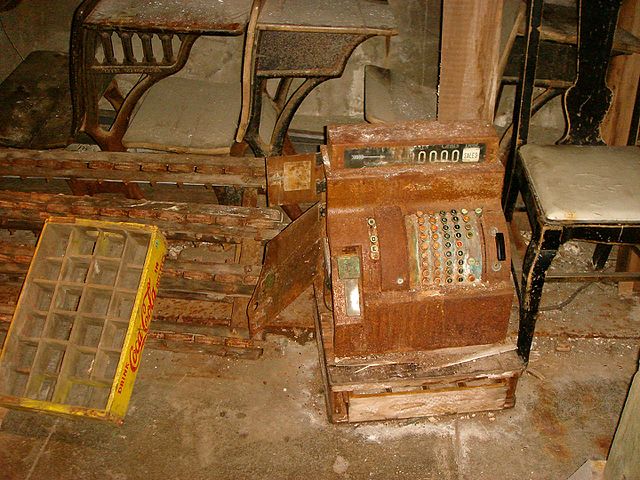
The Great Seattle Fire, as it became known, burned all afternoon and into the night. When it was finally extinguished, over 25 blocks were destroyed, with the estimated losses pegged at around $20 million. This led some to dub it the worst fire in Seattle’s history. The only saving grace was that little to no deaths were recorded, aside from around one million rodents.
Rebuilding Pioneer Square
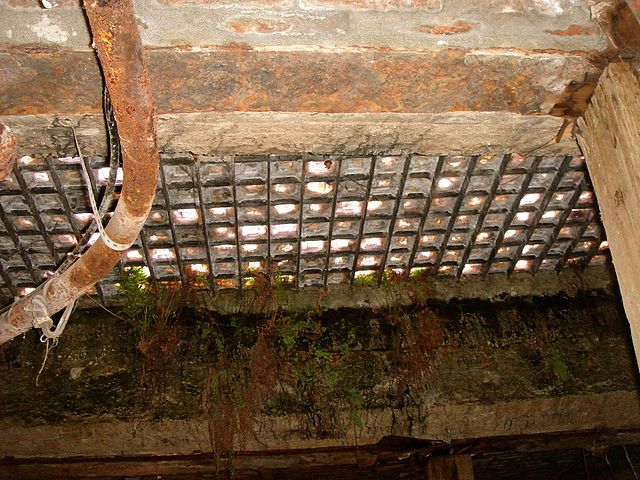
Following the Great Seattle Fire, city leaders gathered to discuss what the next steps should be. They came to two decisions that wound up paving the way for the city’s future. First, all new buildings would be built from stone or brick, to prevent something like this ever happening again. Second, the affected streets would be raised between 12-30 feet than their original grade.
Moving everything up a floor
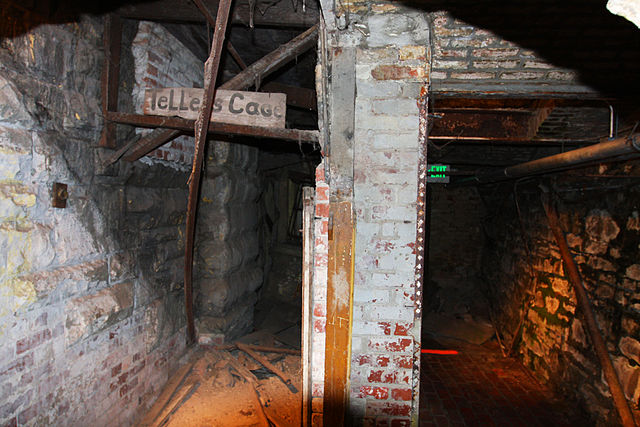
As the new street level slowly began to be laid, both landlords and merchants knew that, eventually, the original ground floors of their properties would now be located underground. The majority wound up moving their businesses to the “new” ground floor, while some of those whose buildings had survived the devastating fire opted to continue working beneath the surface.
Surprisingly, the original sidewalks were kept intact, meaning pedestrians could still traverse them via underground tunnels that were lit by vault lights. That being said, the majority chose to walk across Pioneer Square via the newly-built, aboveground paths.
Condemning the Seattle Underground
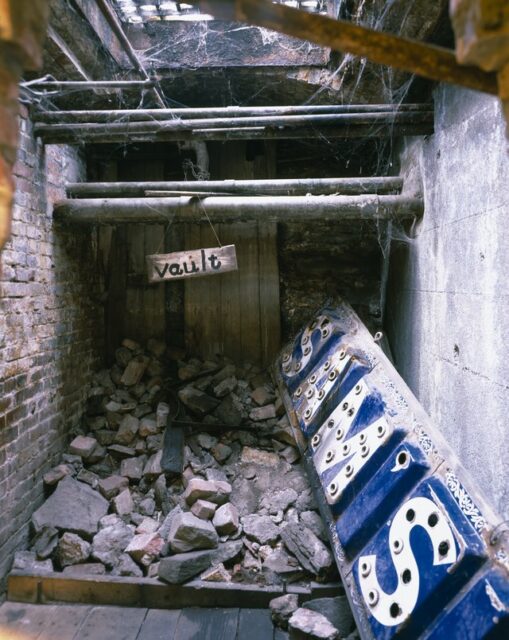
Nearly 20 years after the Great Seattle Fire, in 1907, the Seattle Underground was condemned by city officials over fears about the bubonic plague. With the Alaska-Yukon-Pacific Exposition set to take place in 1909, there were concerns over the deadly infection spreading and causing a pandemic.
As such, many of the subterranean floors were evacuated and left to rot and deteriorate, and some were used as storage.
Literally becoming an underground city
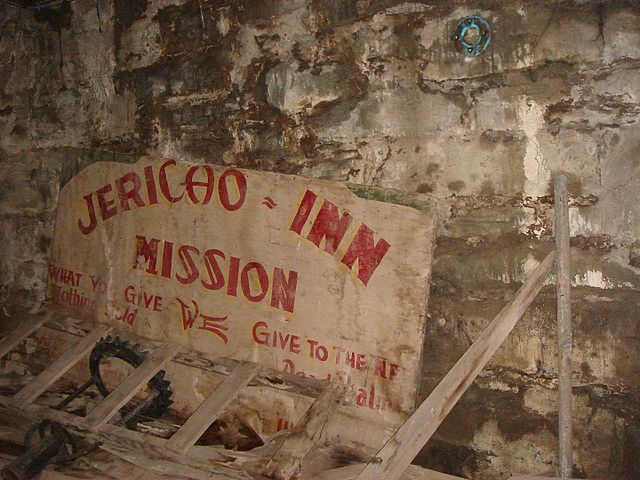
Despite the city condemning the Seattle Underground, a small area served as makeshift homes for the homeless, and some of the buildings were even turned into speakeasies, opium dens and gambling establishments. These illegal activities continued into the 1950s, when the story of how the Seattle Underground and its history were saved began.
Bill Speidel enters the picture
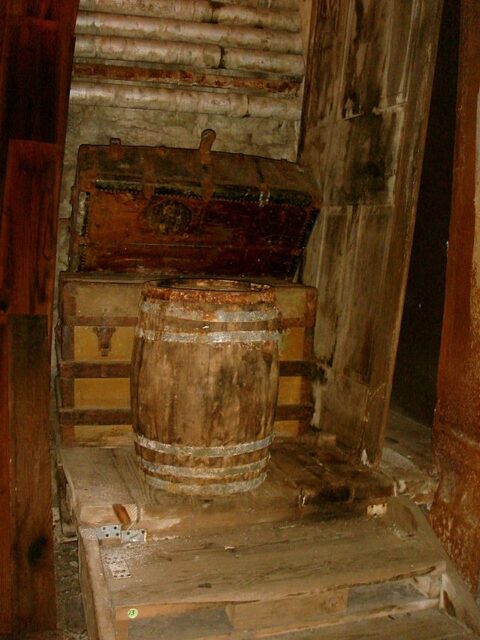
This part of the Seattle Underground’s history involves Bill Speidel, a local citizen, historian and columnist for the Seattle Times. He realized there was profit to be made in preserving the city’s subterranean ruins. A small portion was made safe for the public and, in 1965, he established Bill Speidel’s Underground Tour.
While restored, this specific portion of the underground was kept in its authentic form, meaning it looks just how it did back in the late 1800s/early 1900s.
Seattle Underground has become a popular tourist attraction
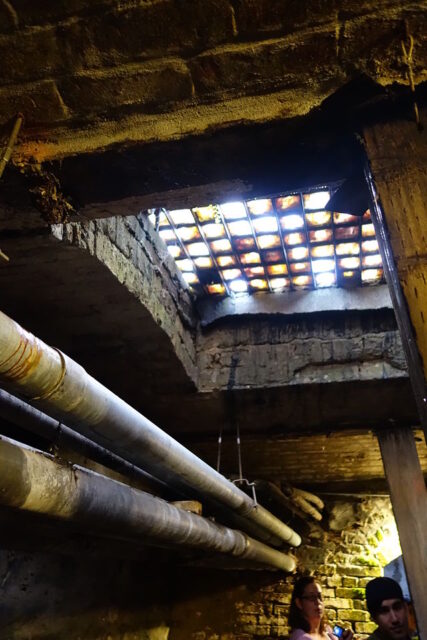
The Seattle Underground has since become a popular tourist attraction and a history museum of the city’s early days. For a small fee, visitors can explore several tunnel entrances, look at artifacts and take a peek through storefronts in what has since become a makeshift journey to the past.
More from us: Henryton State Hospital: The Abandoned Facility Was So Dangerous That It Had to Be Demolished
In 2013, a second tour, called Beneath the Streets, was opened in a separate section of the Seattle Underground.
